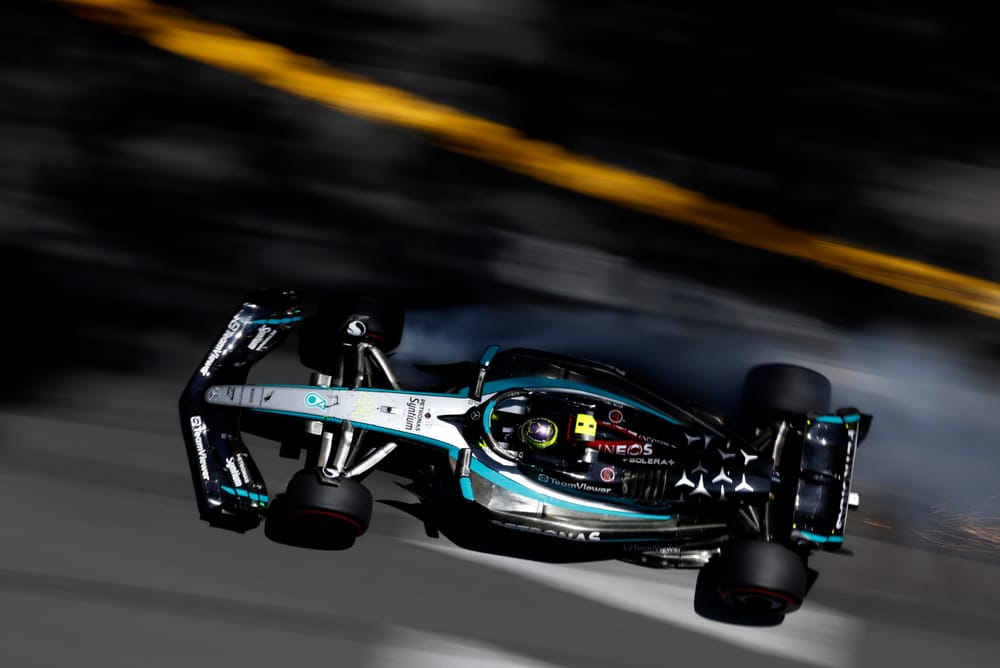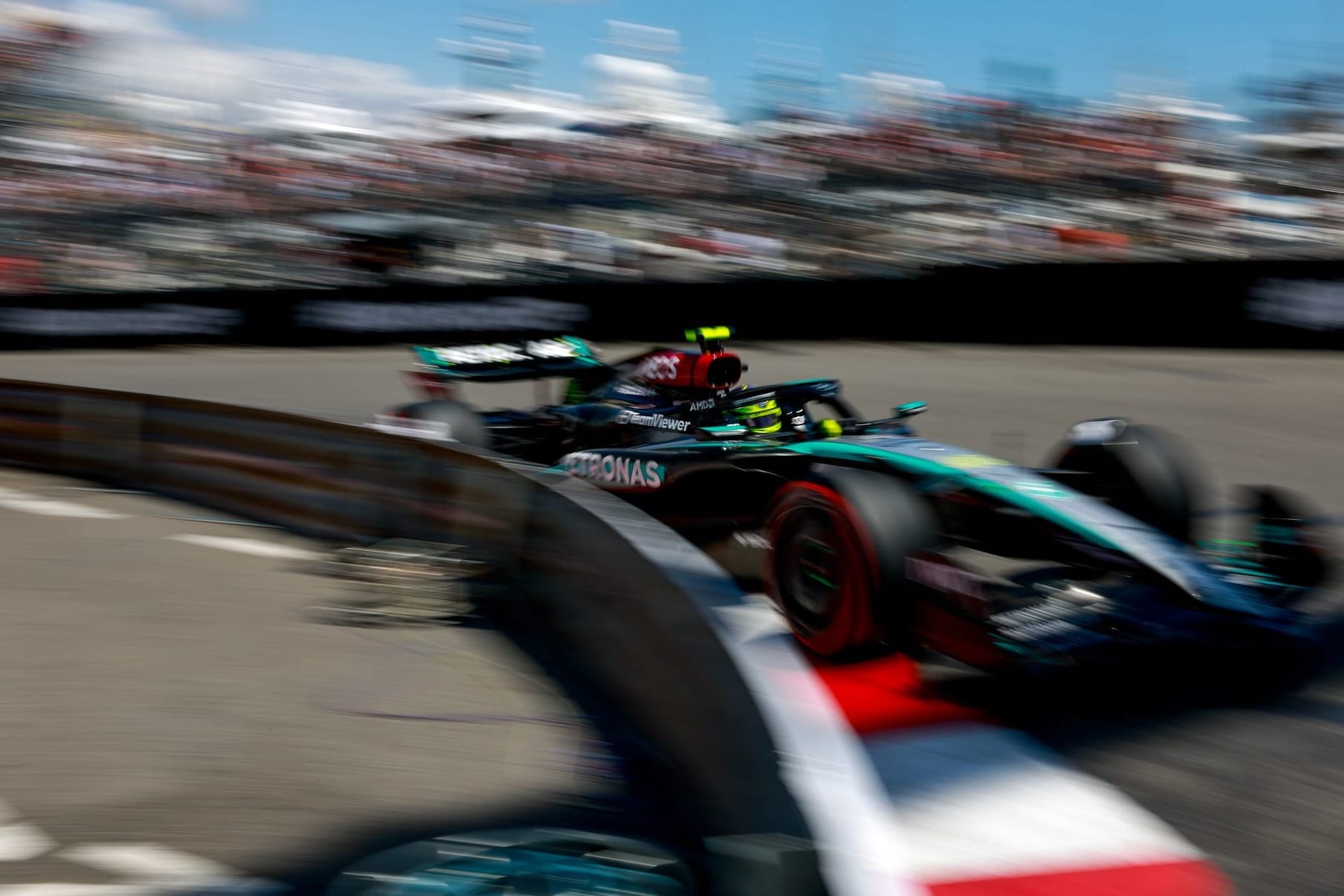Up Next

Much has been made of George Russell being 7-1 up in qualifying against Lewis Hamilton at Mercedes this Formula 1 season.
Just that bare statistic has led to all sorts of conjecture - not least, it seems, from Hamilton himself, who remarkably commented to Sky that he didn’t expect to be outqualifying Russell this year.
But what's actually going on there?
The actual gap
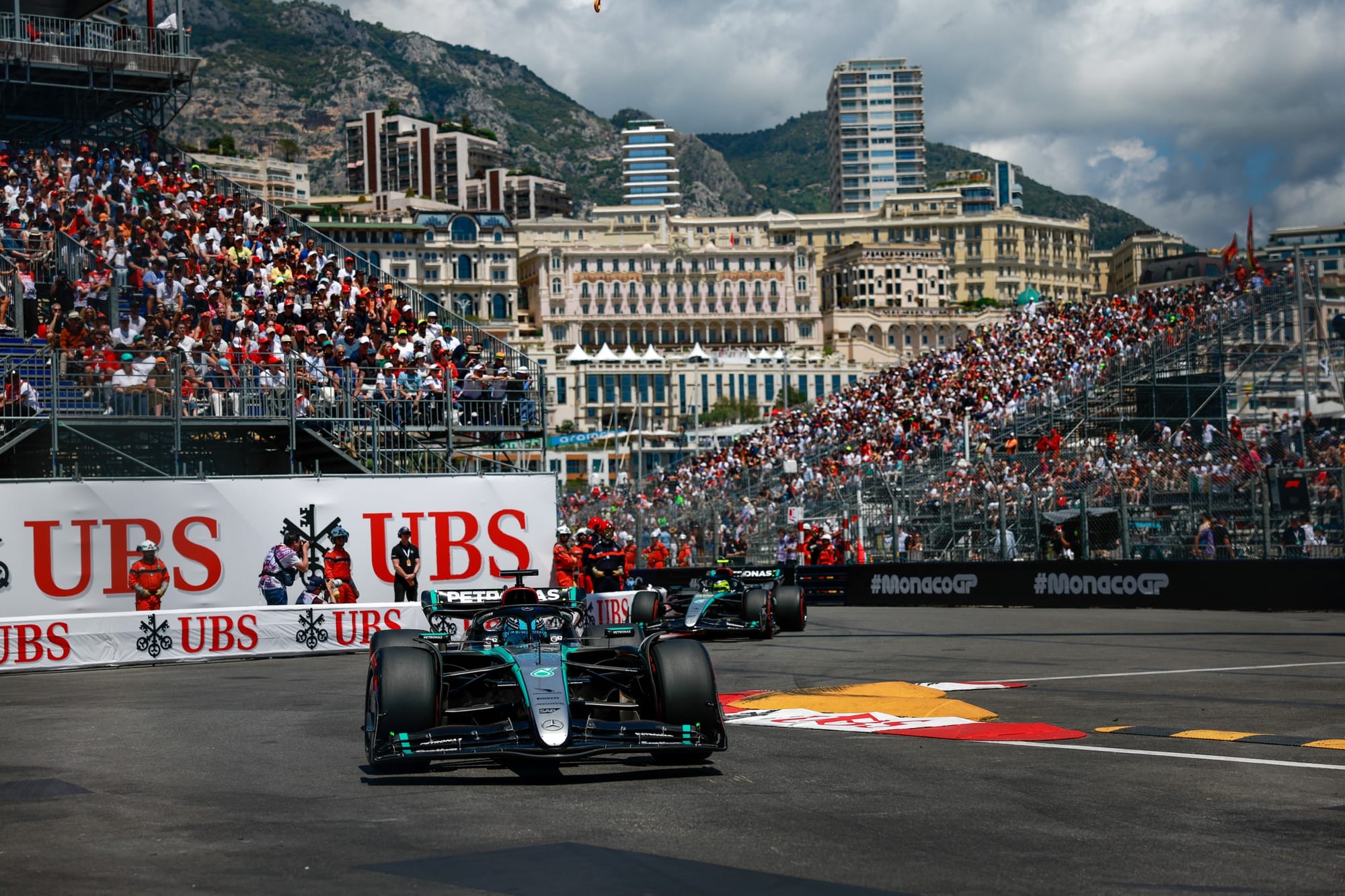
Before looking at what might be behind this apparent fall-off in form in Hamilton’s final season with Mercedes before moving to Ferrari in ’25, we should do some quantifying to get the correct perspective on what we are discussing.
It should be pointed out that in terms of their average qualifying laptimes (adjusted for the various lap lengths) the Mercedes drivers are the second-most closely-matched pair on the grid, just behind McLaren’s Lando Norris-Oscar Piastri pairing.
DRIVER PAIRING QUALIFYING COMPARISONS
1. Norris-Piastri 0.042s
2. Russell-Hamilton 0.062s
3. Ocon-Gasly 0.104s
4. Tsunoda-Ricciardo 0.104s
5. Leclerc-Sainz 0.156s
6. Alonso-Stroll 0.218s
7. Bottas-Zhou 0.265s
8. Hulkenberg-Magnussen 0.276s
9. Albon-Sargeant 0.277s
10. Verstappen-Perez 0.302s
*comparable sessions only and including sprint qualifying
It can be seen with that breakdown of actual performance that the 7-1 is misleading. But it does mean something.
No matter how small the margin, it is Russell who is much more frequently qualifying ahead, much more than previously.
Looking at their previous two seasons together Russell was ahead 12-9 last year, with an average margin of just 0.017s, while in 2022 Hamilton was ahead 11-5 (comparable sessions only) with an even smaller 0.015s margin between them.
Every single season to date, in other words, they have been separated only by hundredths. Hamilton was ahead in year one, Russell in year two and (so far) three. But by tiny margins each time.
Still, it's 7-1...
Russell as a benchmark
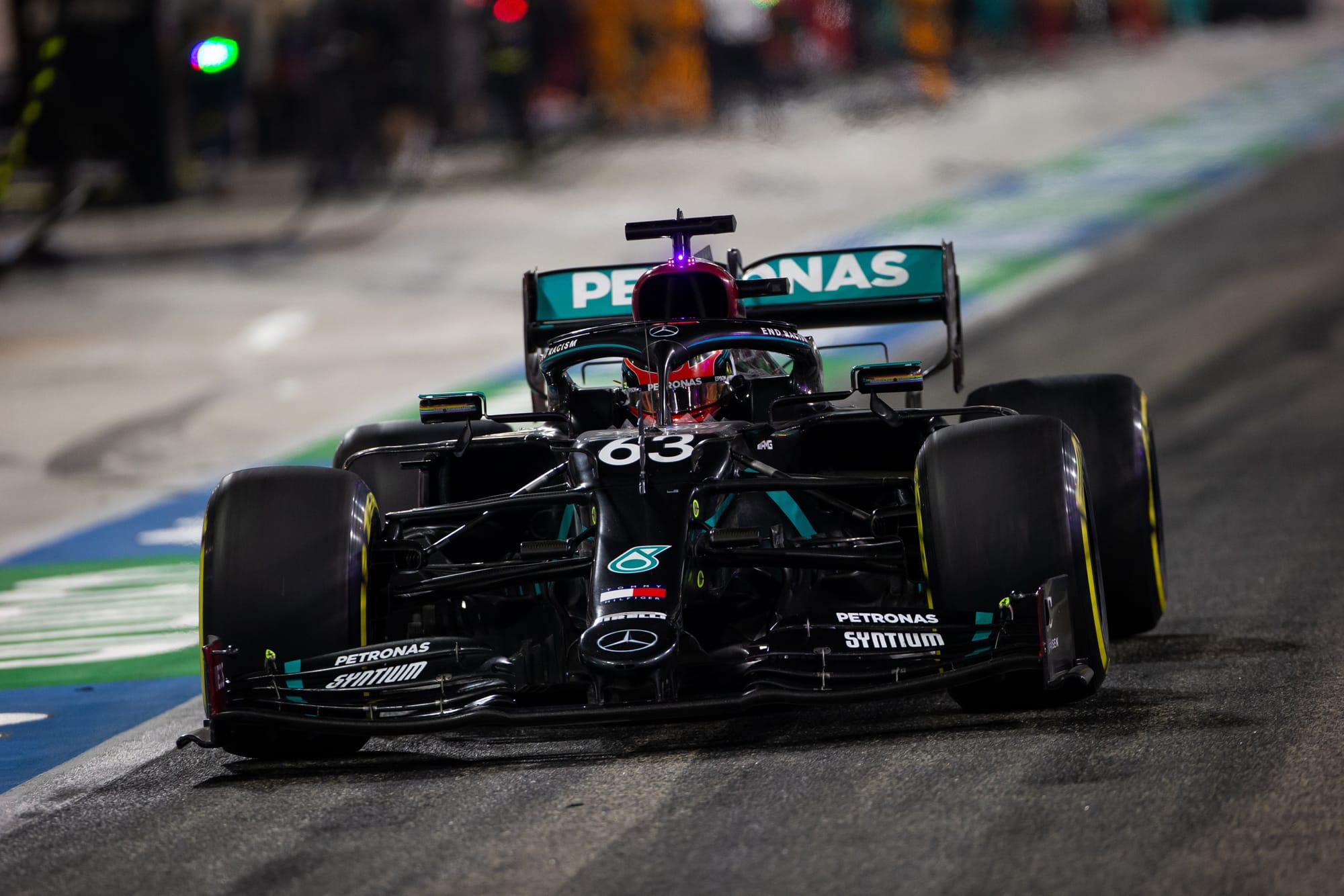
Because the only truly fast F1 car Russell has ever driven remains the 2020 Mercedes in his one-off stand-in role at Sakhir, his level is generally way under-rated.
He remains one of the absolute elite performers on the grid, super-fast and capable of fighting for a world title in a competitive car.
Perception in F1 tends to lag behind reality. For example, Lando Norris’ stature is finally catching up to reality now that the McLaren is becoming competitive.
Russell is at a comparable level. You don’t put a Williams on the front row at Spa in the wet without being exceptional, or third on the grid at a damp Sochi – or hop into a Mercedes car you don’t fit and have never driven before and outperform the incumbent Valtteri Bottas.
Russell is a world-class performer. This is not some makeweight Hamilton is being compared to.
Still, it's 7-1...
Car traits
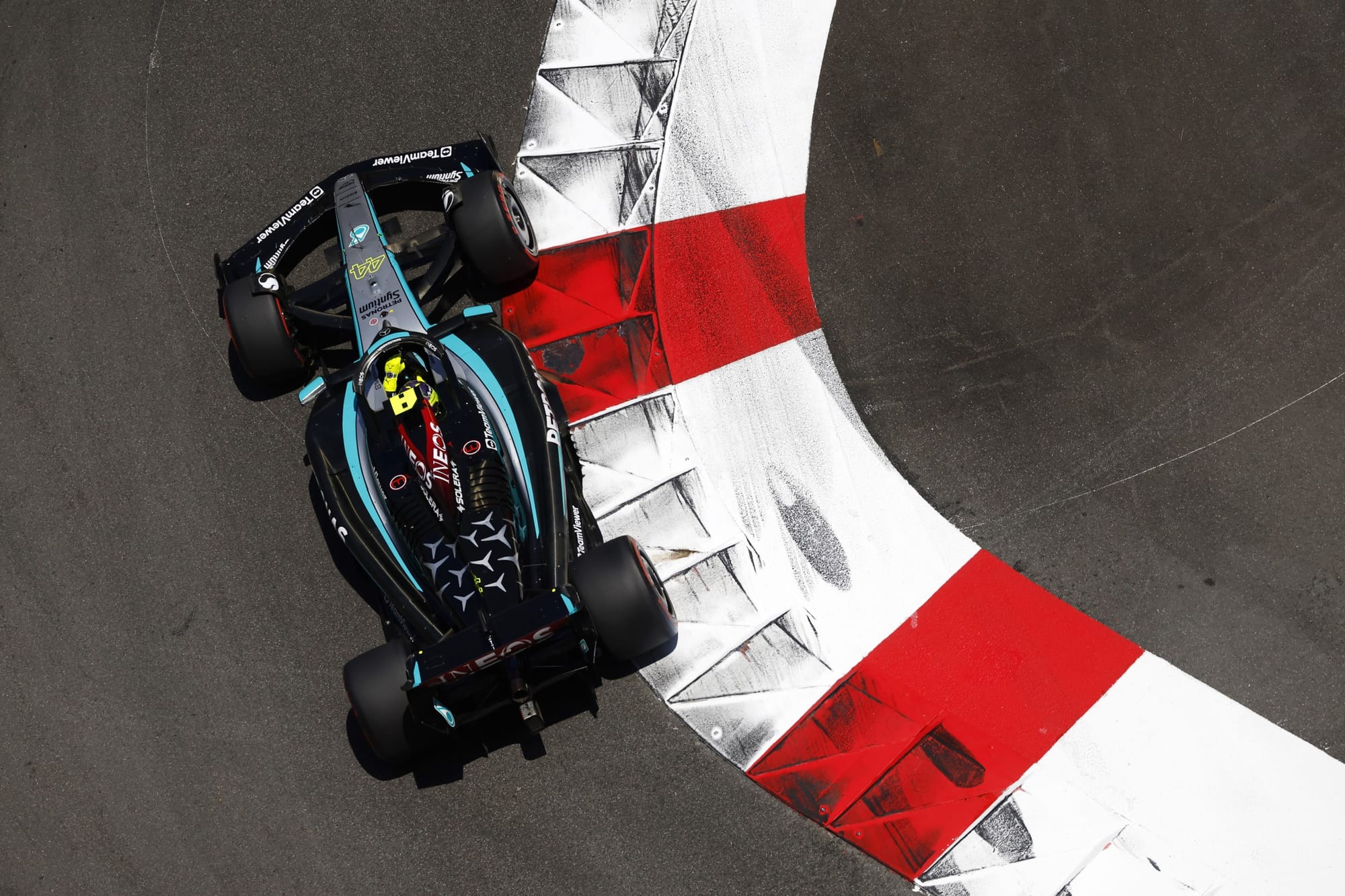
Hamilton’s core skill, often seen to devastating effect over his long career, is his ability to brake super-late but still get the initial rotation into the corner. His left foot’s sensitivity and how he’s feeling the grip from there allows him to gather it all up without locking up and carry the speed into the corner with the car on the right trajectory.
“This car does not want to turn,” he explained of the W15 in Monaco. “The slower the corner, the less it wants to turn.”
That’s what both drivers are working with, of course, but in the make-up of how their various skills dovetail with the traits of this particular car it’s quite possible that it’s neutralising a key Hamilton advantage.
Still, it's 7-1...
Age?
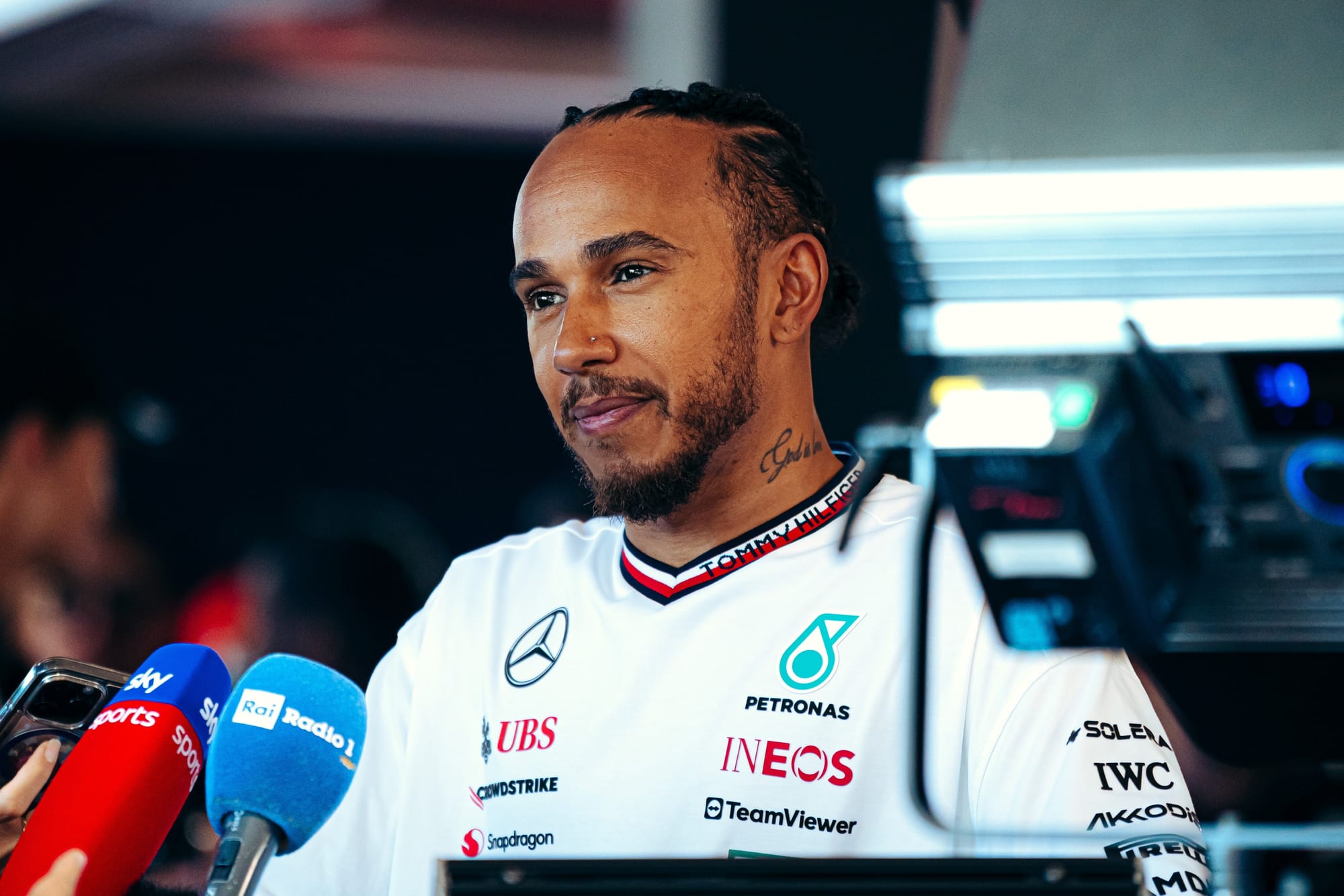
The obvious question being asked by that 7-1 statistic is whether we are seeing the beginning of the dimming of Hamilton’s skills as he nears 40.
Age affects different drivers in different ways and there is no neurological reason why the threshold should be there - rather than five, six, seven years later.
It’s already been established that reaction speeds are pretty much unrelated to how fast someone can drive a car. It’s about feel, not reactions.
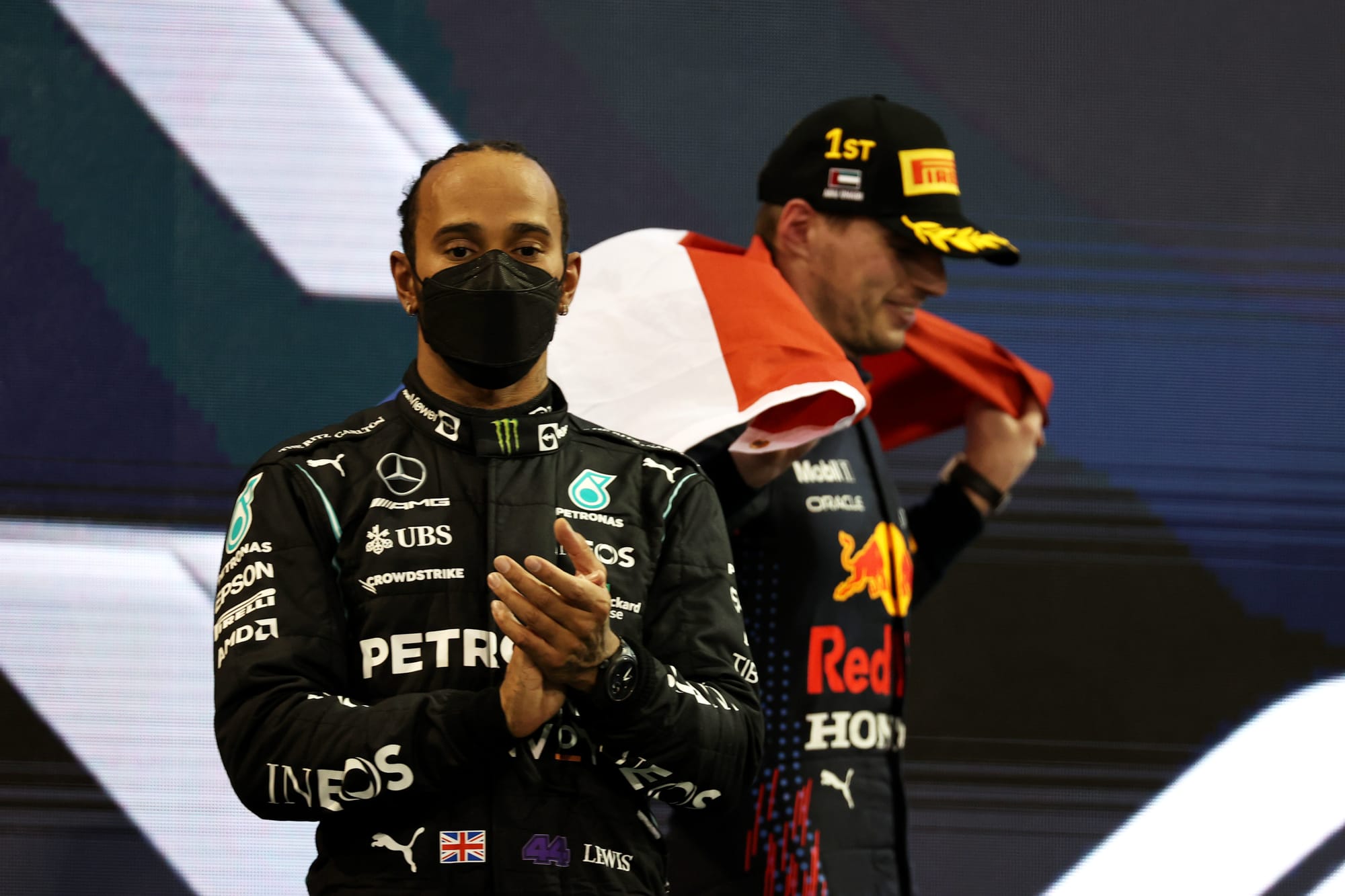
But then there’s the question of desire and motivation. The blow of Abu Dhabi 2021 should probably not be underestimated when it was combined with the series of uncompetitive cars which followed.
NASCAR legend Richard Petty once described how it felt in the latter years of his career when he was no longer competitive (but at an age well in excess of Hamilton’s).
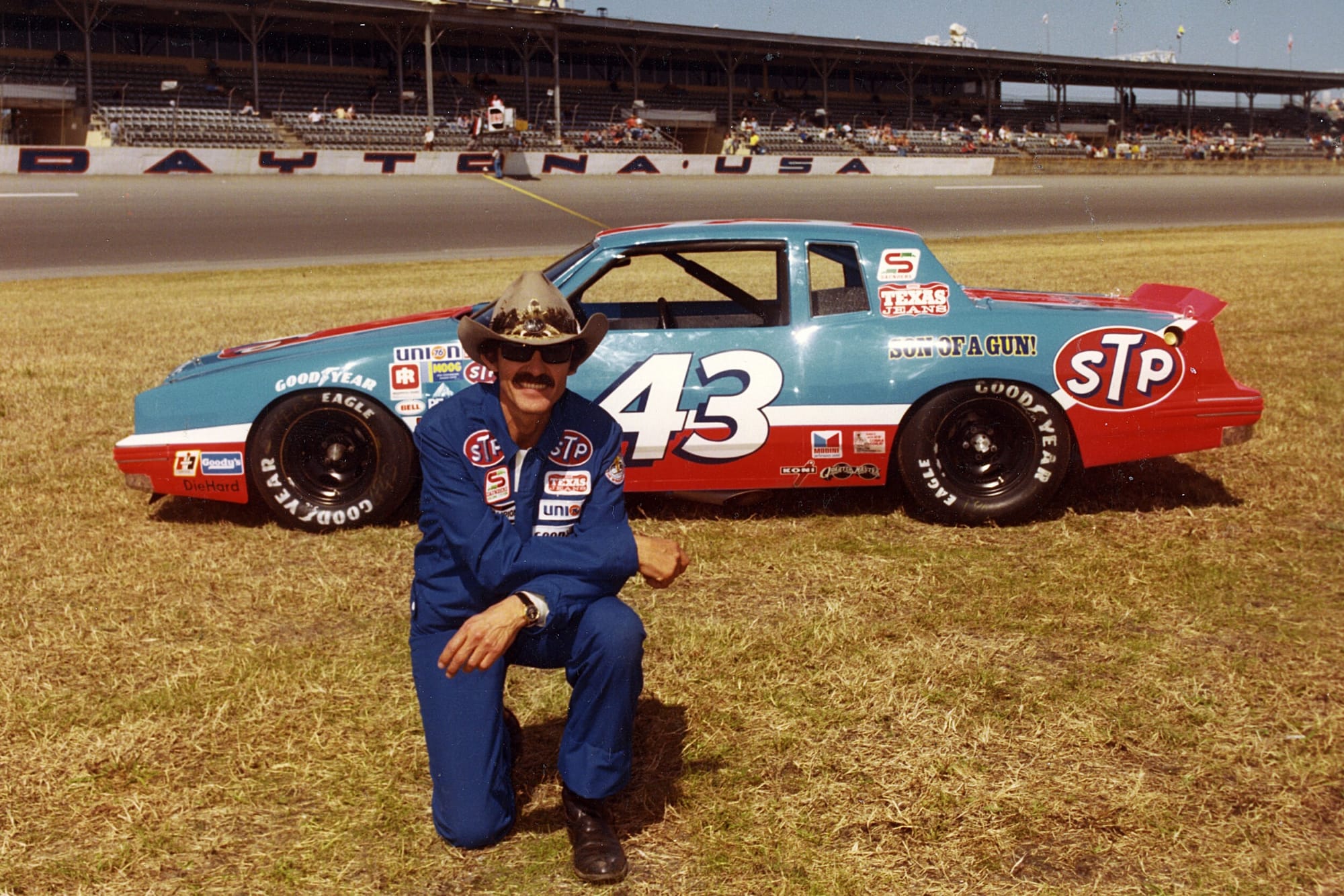
“Inside my own bubble, everything felt exactly as it always had,” he said. “But it was as if the bubble had somehow slowed down.”
Is it the early stages of that for Hamilton? Probably not, but who knows? Even Hamilton himself admits to asking himself that question in times of doubt. But in the next millisecond his competitive dander is up and he’s dreaming of just how glorious it will be to bounce back to glory after being written off.
Never write him off.


